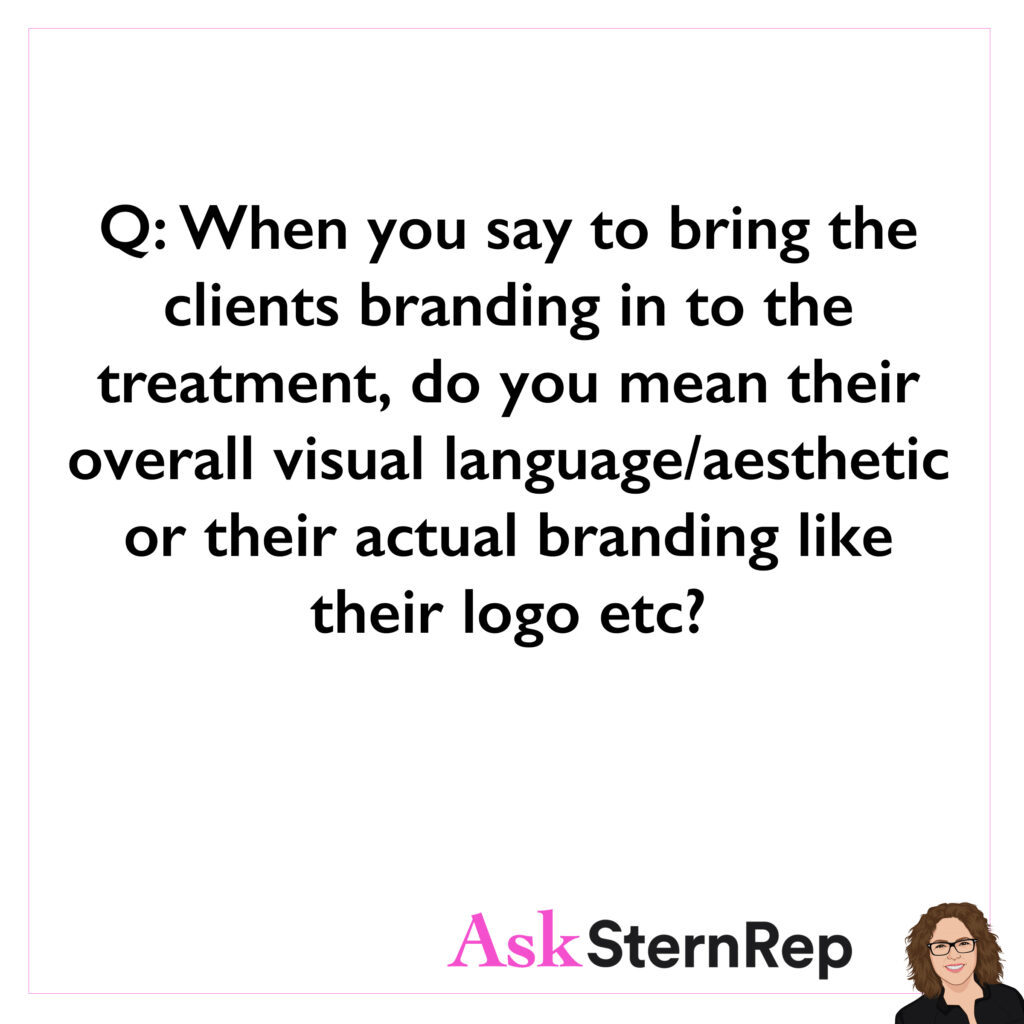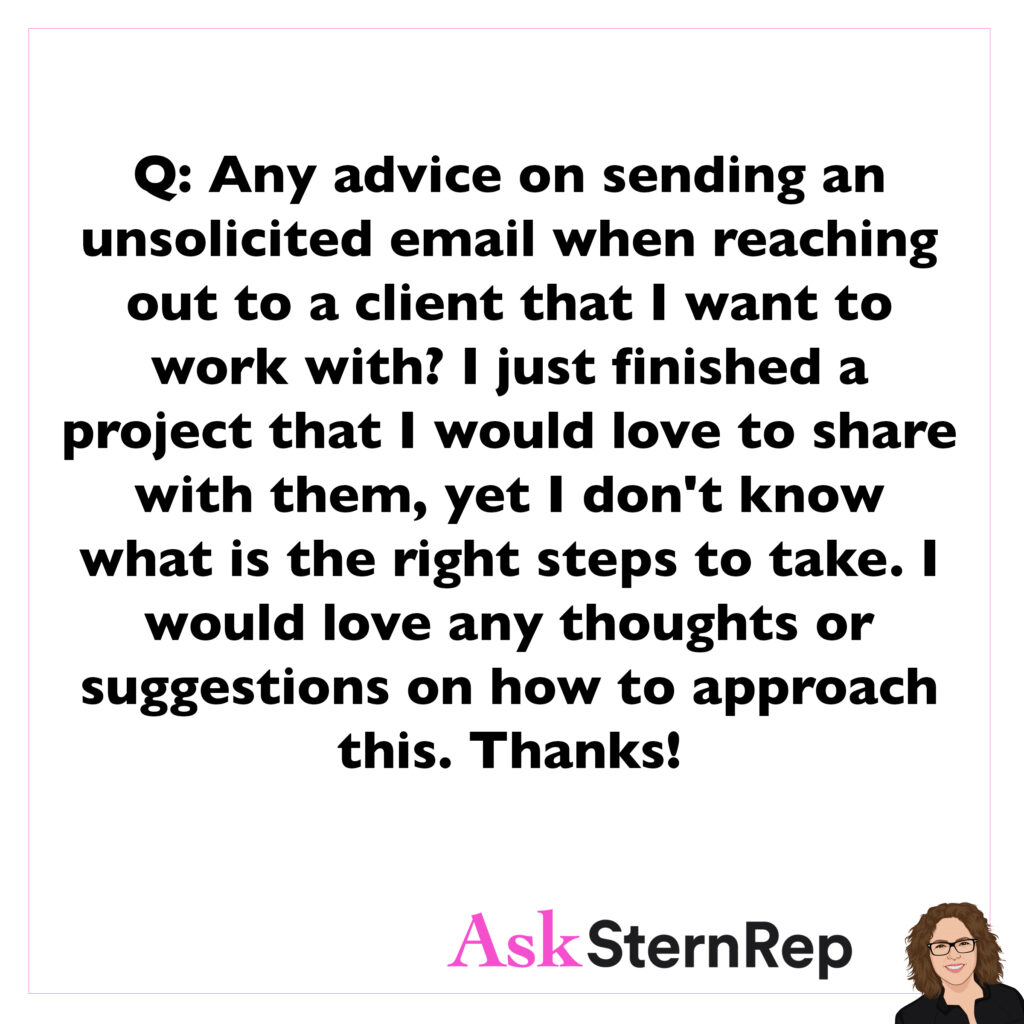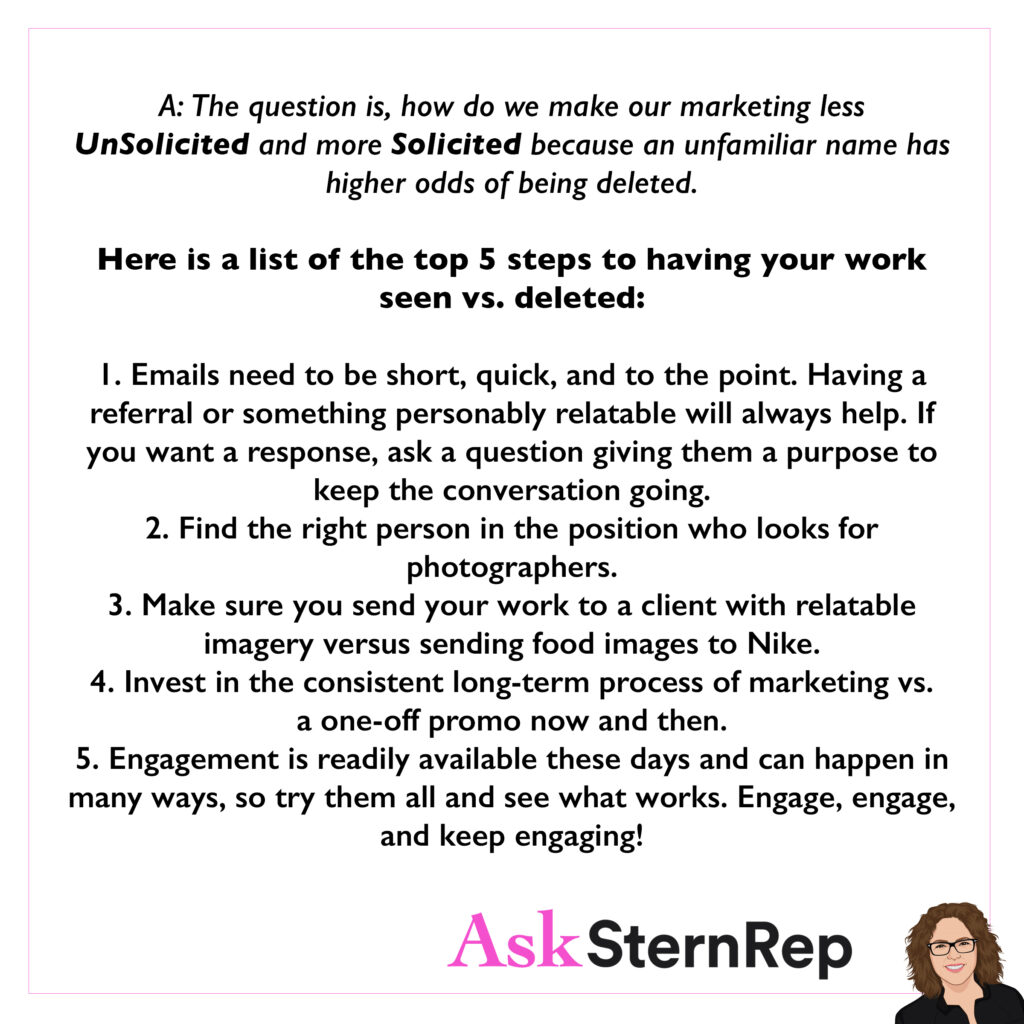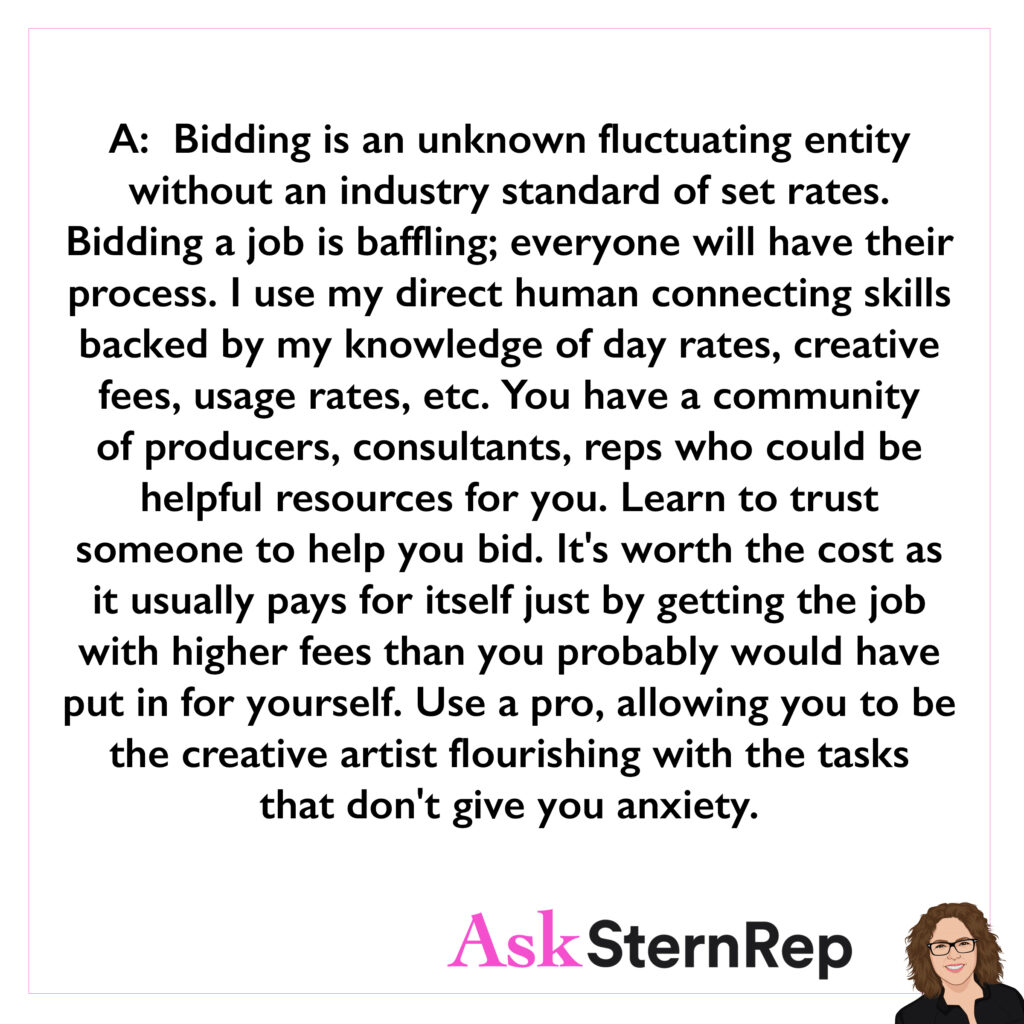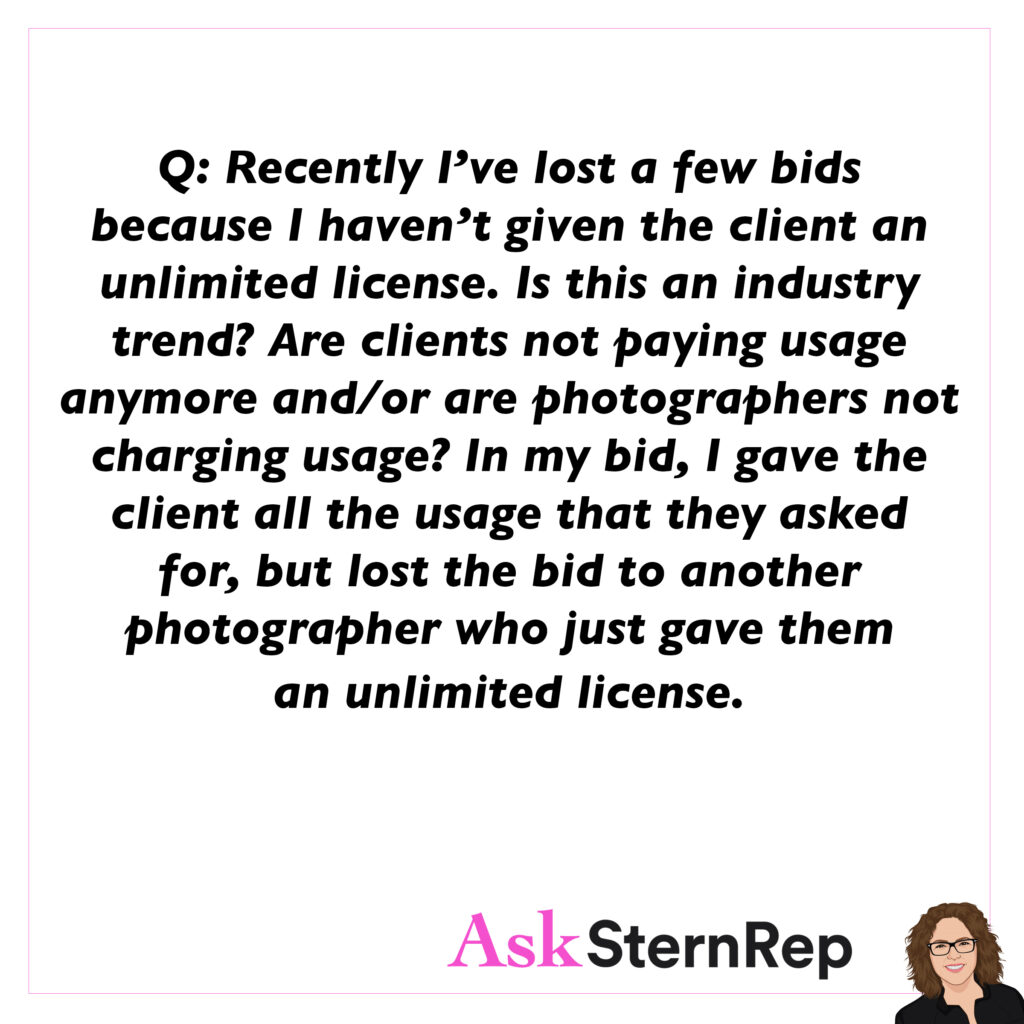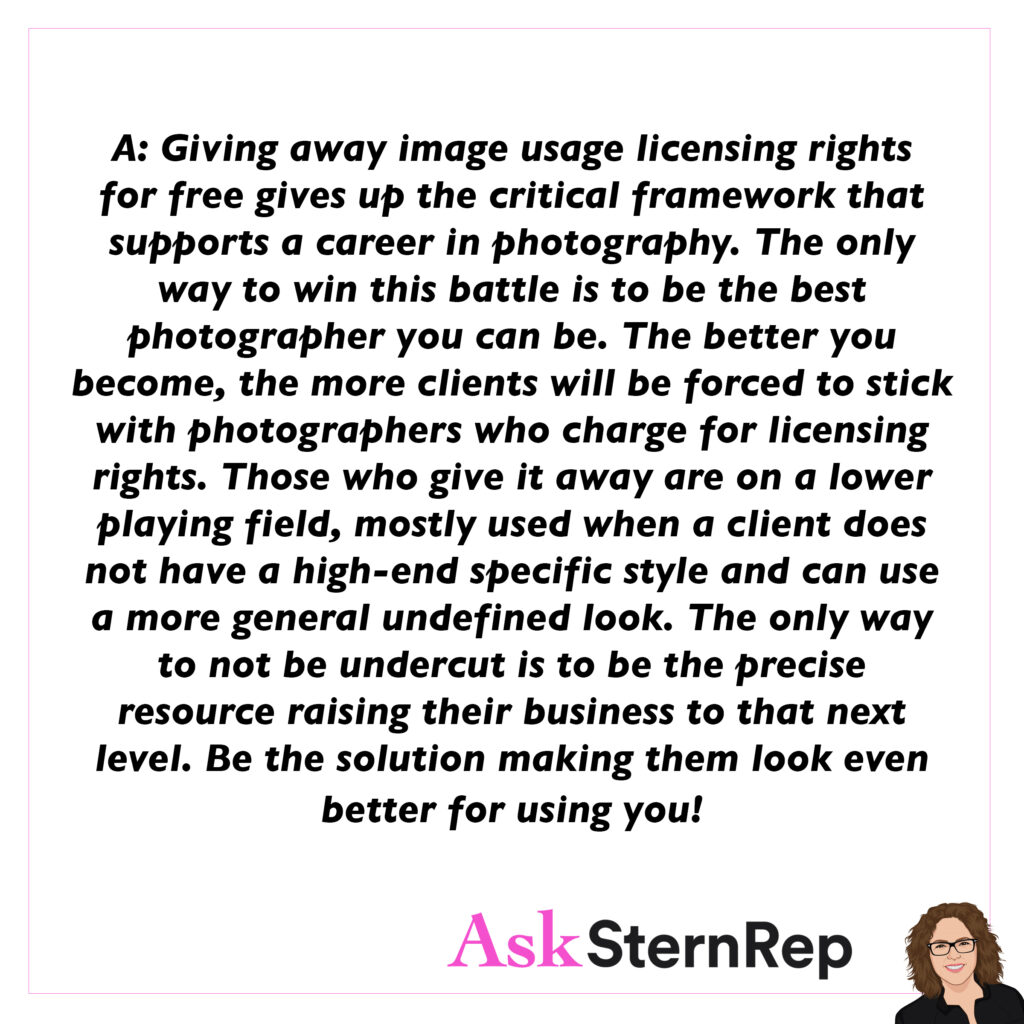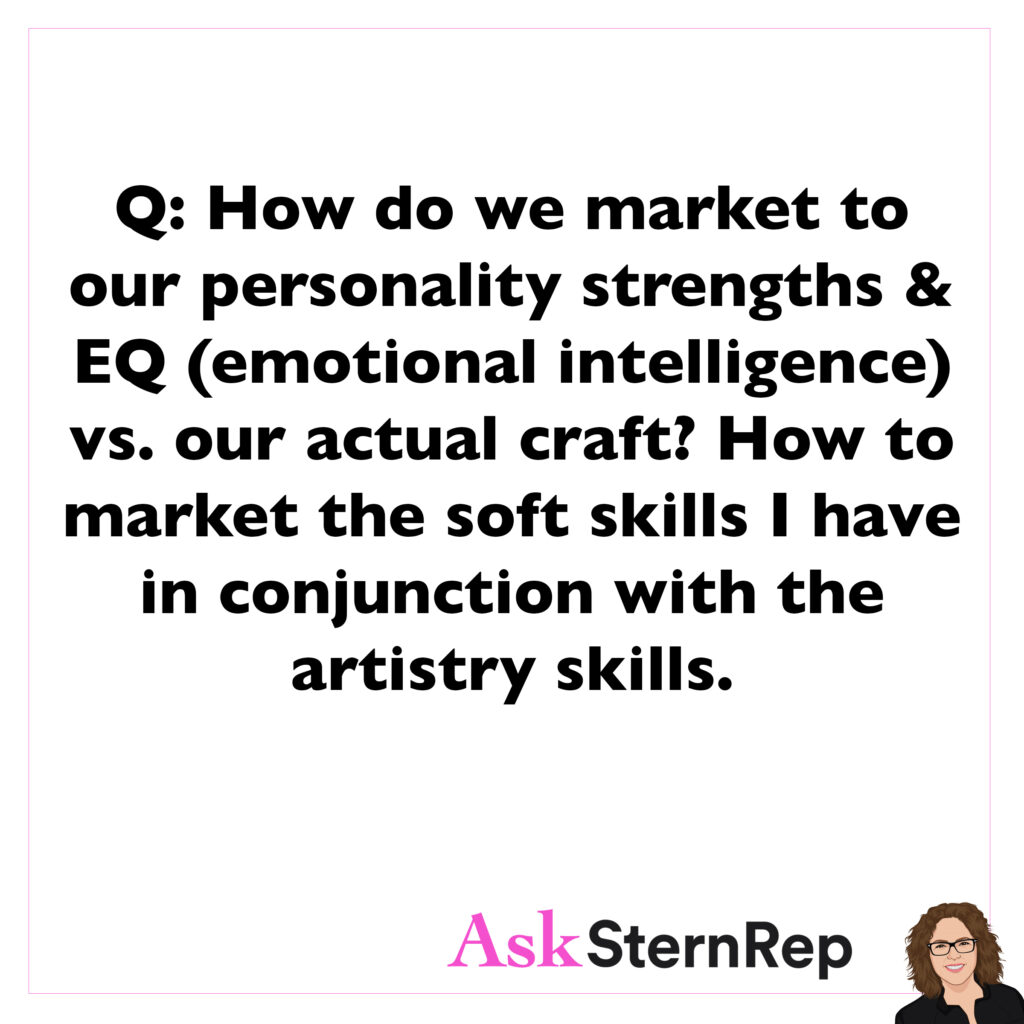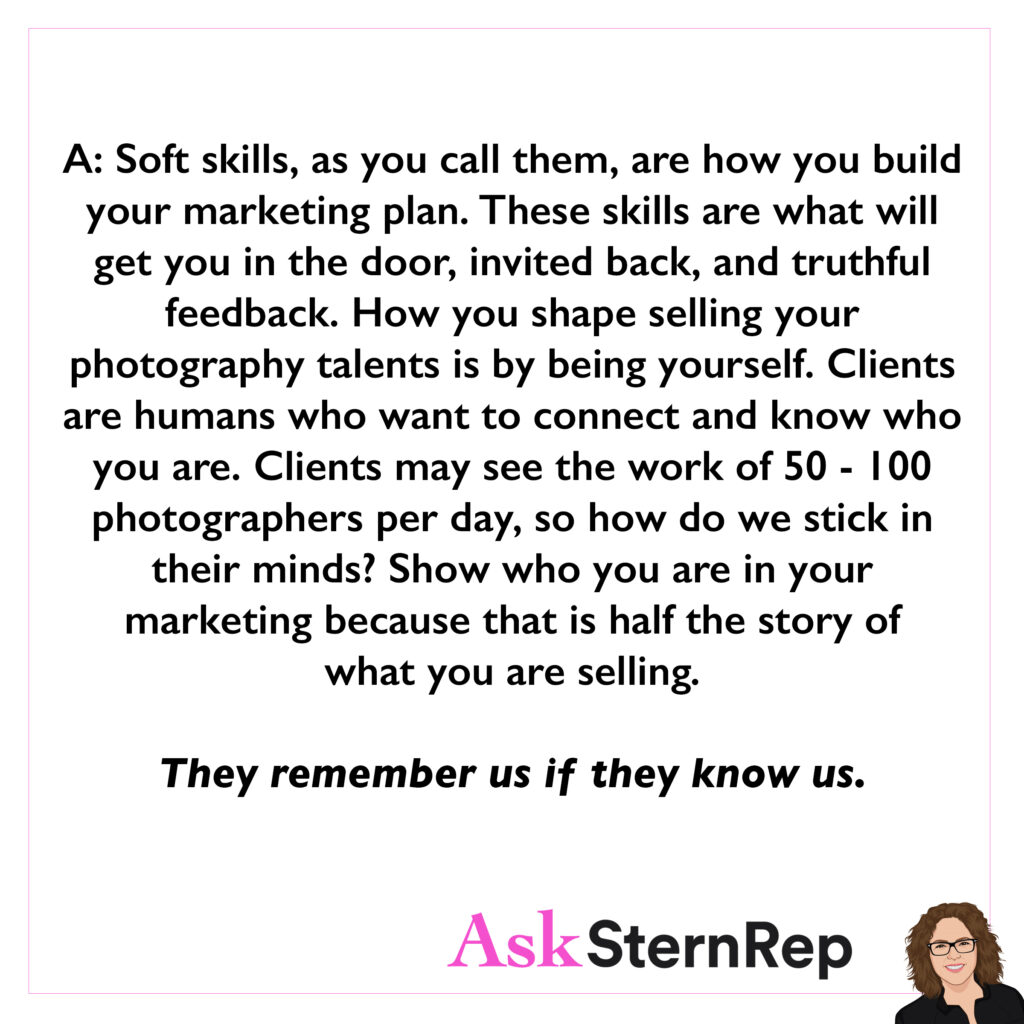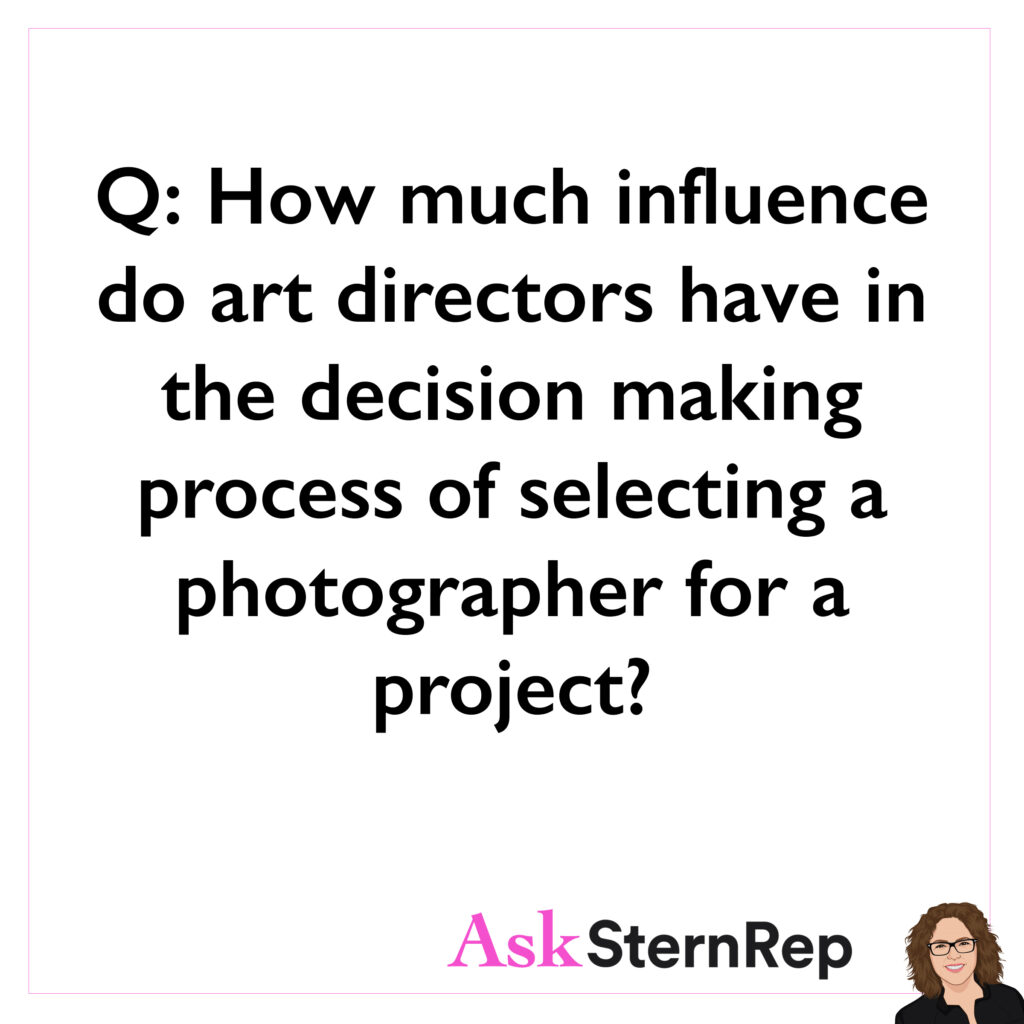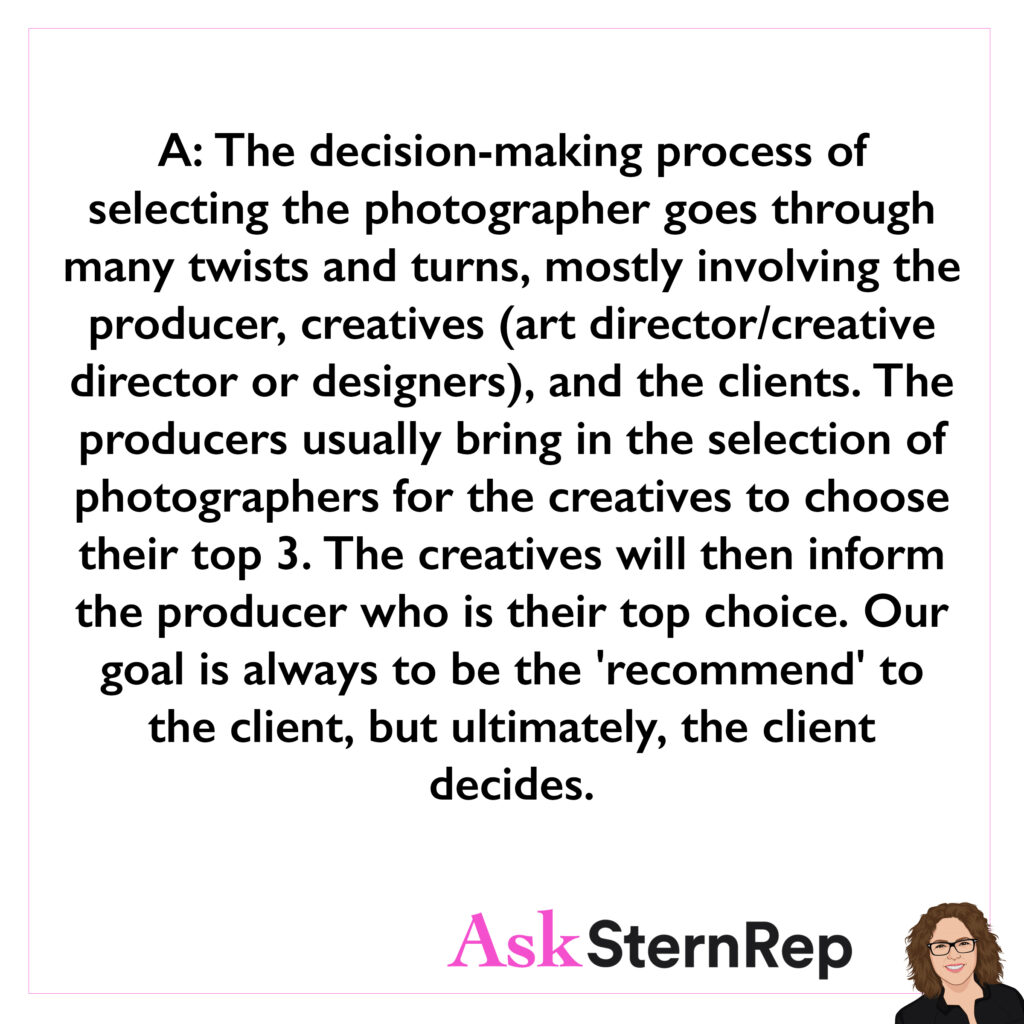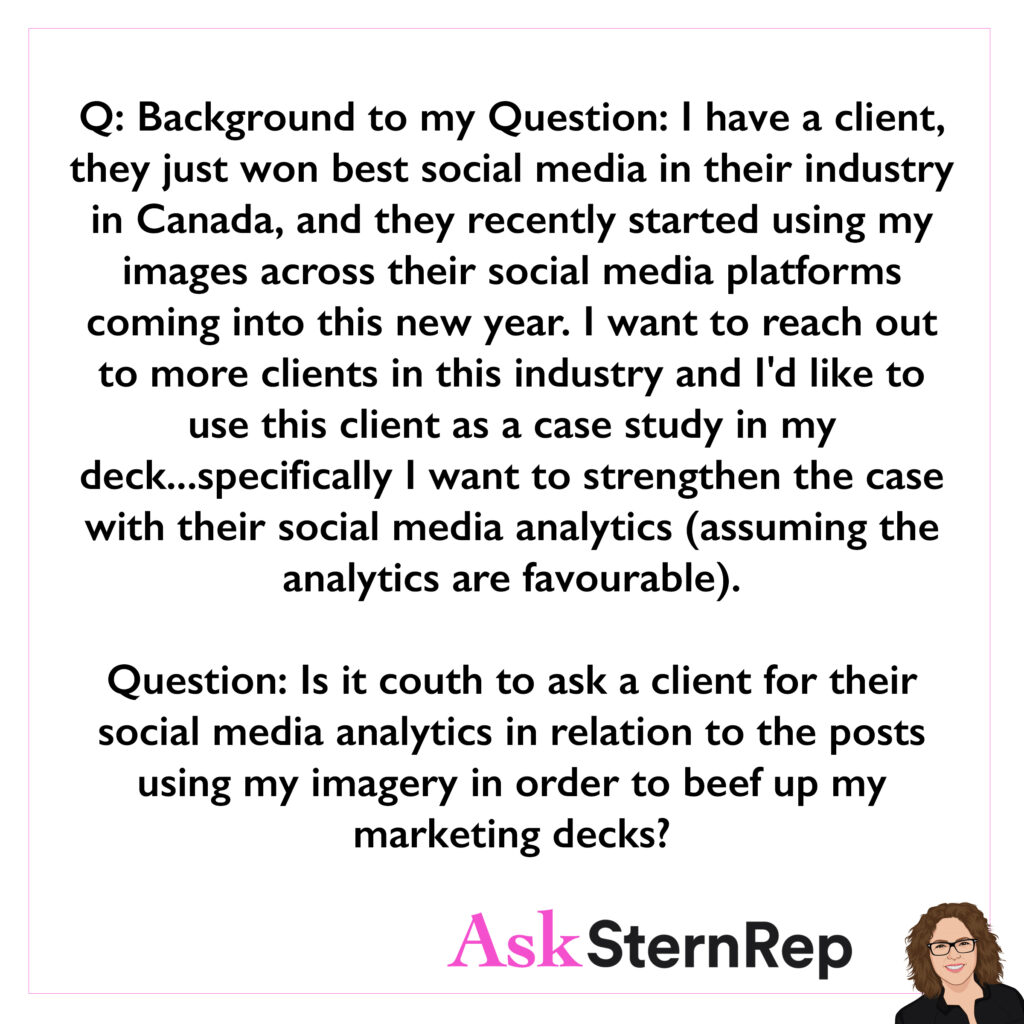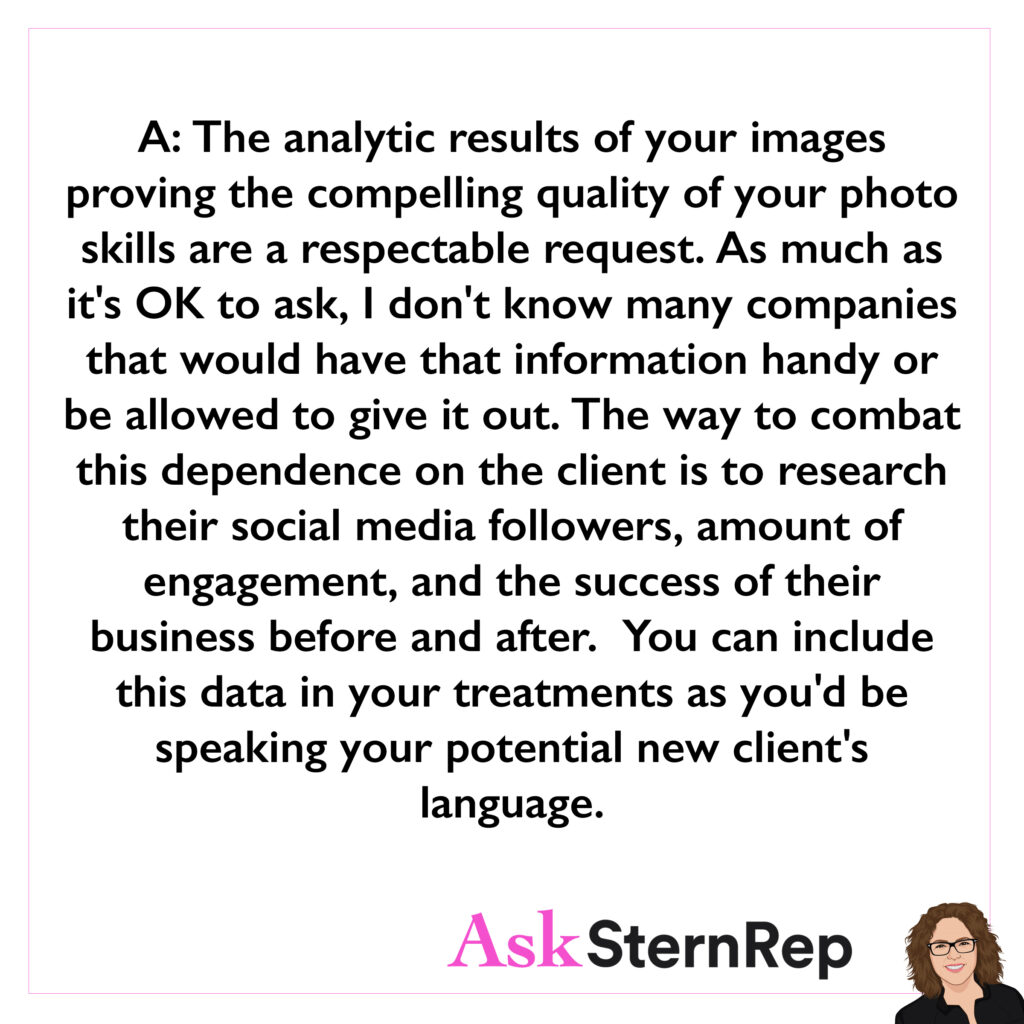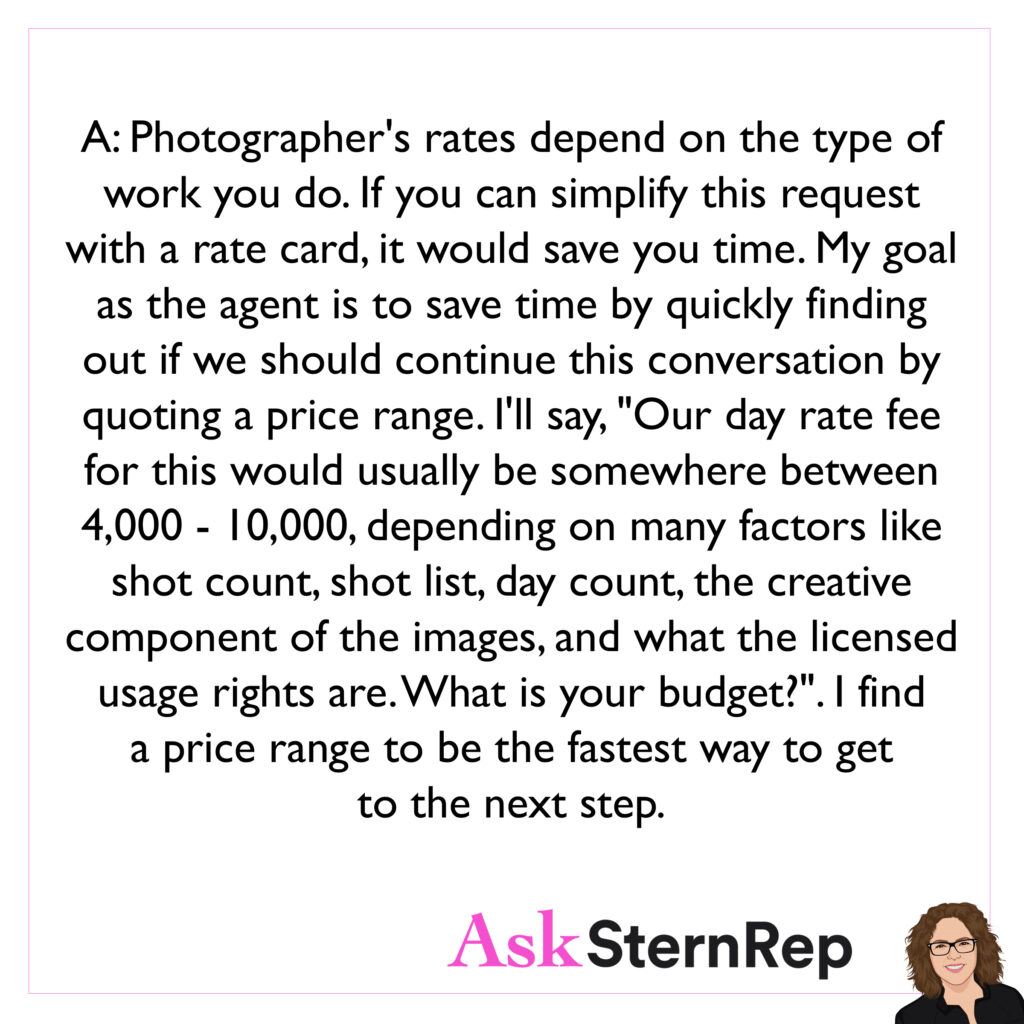We are in business that requires a continuous flow of fresh vibes! Clients hire you for your IDEAS skillset; show them you are a non-stop source generating new ideas. Take note of how your ideas come alive, pinpoint what works, and schedule more of this into your routine.
The business we are in requires new ideas; we have to stay fresh. I keep emphasizing this, but how do we stay fresh and generate ideas? Everyone is different, so figure out what works best for you. For me, it’s in the morning when I have a lot of energy and when I talk on the phone with my support staff. We trigger each other’s ideas and flow of thoughts.
What works for you? Do you go mountain biking, rock climbing, or meditate? Do you use a sketchbook to jot down ideas or visit mood board websites? Consider how you can track and capture your ideas effectively. Even if you’ve just launched a new campaign or website, you need to continue generating fresh ideas. One successful project doesn’t sustain you indefinitely. Find out how you get your ideas and integrate that into your life and routine.

